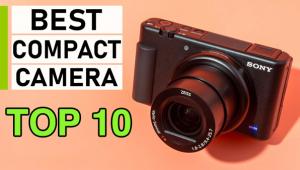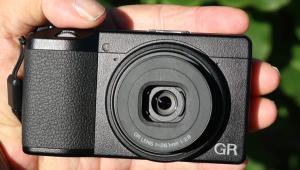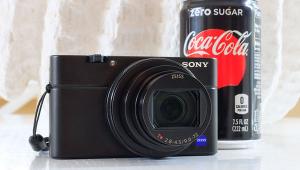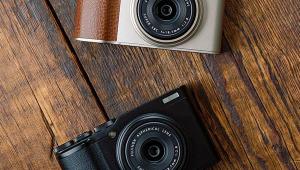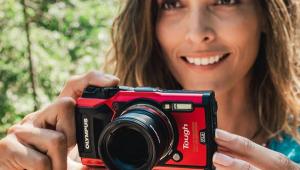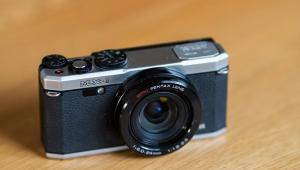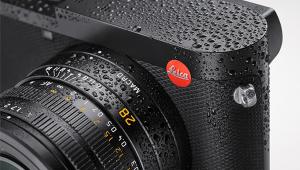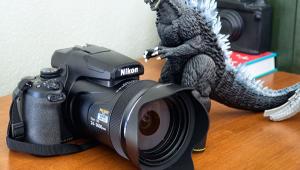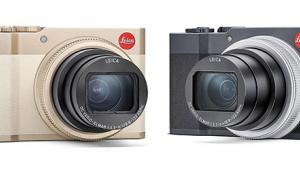Sony RX1 Compact Camera Review
The RX1 is the first time Sony has combined a compact camera system with a fixed lens system that includes a full-frame sensor that’s nearly the size of classic 35mm film material (35.8x23.9mm).


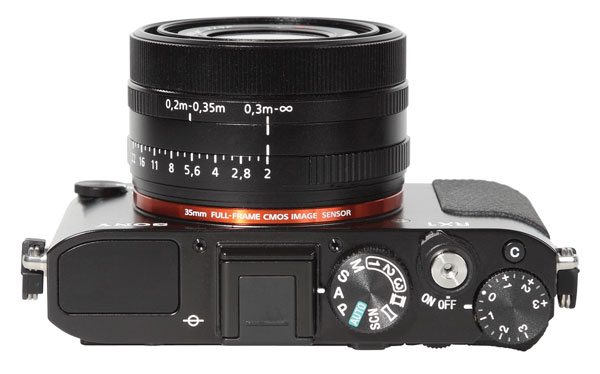

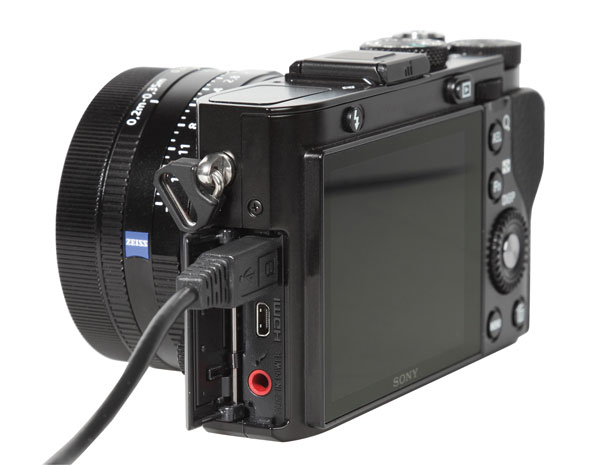
The basic camera concept combines elements of digital compact cameras with features of classic viewfinder cameras, but leaves out an optical or electronic viewfinder. In its stead Sony offers an LCD screen on the back, similar to what you’d find in an entry-level compact camera. The screen is very large (3”) and offers a very high resolution (1.28 million RGB dots). The resulting image preview and the representation of the menu structure is crisp and clear. Sony does offer an optional optical viewfinder, which is mounted on the hot shoe. Just like the camera itself, it is quite expensive. Most users will also be surprised by the battery recharger system of the RX1. It’s equipped with a USB recharger and the user is forced to recharge the battery in the camera. An external recharger and additional batteries are offered as an option.
The fixed lens is a 35mm f/2 Carl Zeiss Sonnar T*, which means that it’s part of the famous and classic Zeiss-Sonnar series that incorporates a special, high-class coating (“T*”). The lens showed very good performance in our tests. It offers three lens rings. The first (nearest the camera body) allows the user to change aperture size manually. The second ring (which is more a switch) toggles between two focus settings, Macro (between 25 and 30cm, or 9 to 12”) and Standard (1 ft to infinity). The third lens ring is used for manual focusing. Just like an SLR or high-end compact system, the camera offers a setup dial which can be reached with the right-hand thumb. Used in combination with the aperture lens ring, it is very easy to change exposure settings quickly and efficiently.
The new Sony is very fast. It takes up to 5 frames per second in full resolution (24MP) and shows a quick response in all settings. The camera is also able to record Full HD video. It offers AVCHD 2.0 recording with 50p and 28 Mbit/s for high video quality. The photographer can use manual settings when recording videos.

Image Quality
Color: The new Sony created very natural-looking colors in the portrait shot and the test chart. The skin tones show a typically slight shift into the magenta-colored area. The overall impression in portrait shots is that they are slightly warmer than images taken with other digital cameras. The white balance system shows a shift of darker gray nuances into the bluish area and a slightly greenish touch in the brighter gray areas. This is also noticeable in the standard test box shot. The saturation is nearly perfect (101.8 percent) and can be optimized to a perfect 100 percent result by shooting Raw images.
Sharpness: The Sony RX1 showed a good performance in our resolution tests. It reproduced the ISO 12.233 chart with 3422 lines of the sensor’s 4000 lines in picture height. The overshot effects are noticeable on hard contrast lines, like the slanted edge of the resolution chart or the Siemens star in the test image. The images have a crisp, but still very natural look; this is better than the artificial touch in images created with extreme sharpness filtering we have seen in some other cameras. The color differentiation is very good. The red fabric of the model’s T-shirt shows a fine structure and the skin tone has a very natural look.

Noise: The noise results of the RX1 are excellent. The large sensor created silky smooth images even at higher ISO speed settings. The luminance noise factor stays below 0.5 percent even in images taken at ISO 1600. The “noise spectrum” shows a very clean and smooth run, and even the single RGB have identical characteristics. However, the camera uses an intense anti-noise filtering, which somewhat reduced the results in the resolution tests. The dynamic range results are a little lower than in our tests of other Sony cameras, but the maximum of 10.6 f/stops is still a very good result.

Scorecard
Pro
+ Full-frame sensor
+ Nice bokeh and shallow depth of field due to full-frame sensor and very good lens system
+ Nice handling with large lens rings
Con
- Very high price
- Missing optical/electronic viewfinder; missing swivel monitor
- Fixed focal length
- Only USB recharger; battery is recharged in camera body (external recharger available as an option)
The Sony RX1 has a list price of $2799. For more information, visit www.store.sony.com.
Image Tech
Image Tech is where we publish web-exclusive lab reports on cameras. To read the reports please go to the Shutterbug homepage at www.shutterbug.com and click on the Image Tech tab on the top navigation bar. New reports are published frequently, so check Image Tech for updates.
Lab results and test images by BetterNet, our TIPA-affiliated testing lab. Edited by George Schaub.


